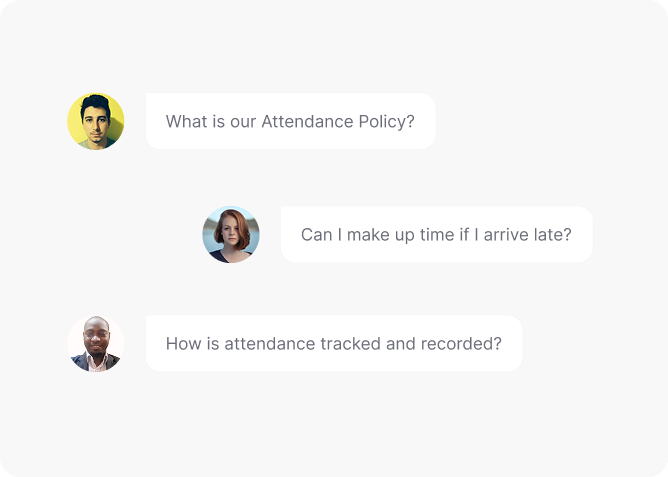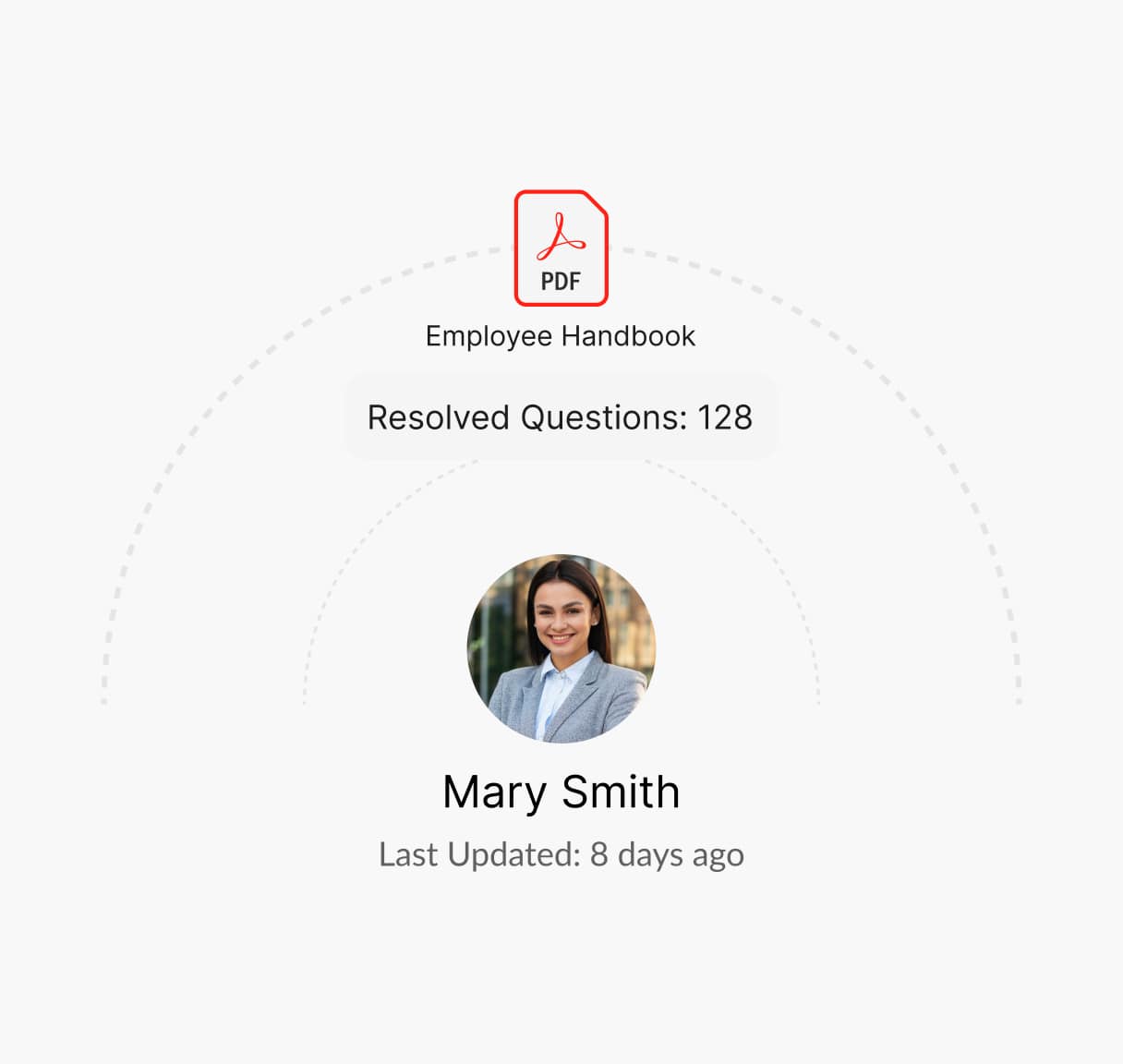Everything You Need to Know About Attendance Policy
Consistent attendance is key to maintaining workplace efficiency and accountability. A clear Attendance Policy establishes expectations, outlines reporting procedures, and addresses absences, ensuring fairness while minimizing disruptions.

What is an Attendance Policy?
An Attendance Policy is an HR document that establishes clear expectations for employee punctuality, work hours, and absences. It ensures fairness and consistency in tracking attendance while helping businesses maintain productivity. This policy typically covers tardiness, absences, leave reporting procedures, and consequences for policy violations.
A well-defined attendance policy helps organizations manage workforce reliability, minimize disruptions, and ensure compliance with labor laws regarding working hours and time off.
Guidelines for Creating an Attendance Policy
A well-defined attendance policy ensures consistency, accountability, and fairness in the workplace. Here are some guidelines to consider:
Define Work Hours Clearly
Specify start and end times, break durations, and expectations for punctuality.
Differentiate Between Absences and Tardiness
Outline distinctions between excused/unexcused absences, lateness, and early departures.
Set Procedures for Reporting Absences
Establish a clear process for notifying managers and HR about attendance issues.
Implement a Tracking System
Use time-tracking software to log employee attendance and generate reports.
Clarify Disciplinary Actions
Communicate consequences for excessive absences or lateness to maintain accountability.
Adapt for Flexible and Remote Work
Address attendance expectations for hybrid or remote employees.
What is Covered in an Attendance Policy?
An effective attendance policy should include the following:
Work Schedules
Defined shift timings, working hours, and flexible work arrangements.
Tardiness and Absence Definitions
Distinctions between planned and unplanned absences and acceptable reasons.
Notification and Approval Process
Steps employees must follow to report lateness or request time off.
Timekeeping and Attendance Tracking:
Tools and procedures for logging attendance.
Consequences for Violations
Actions taken for excessive absences, tardiness, or policy non-compliance.
Leave of Absence and Special Cases
Guidelines for medical, personal, or bereavement leaves beyond standard PTO.
Policy Review and Updates
Process for periodic policy evaluation to reflect organizational and legal changes.
Need help creating an Attendance Policy?
How Winslow helps HR teams save time on responding to Attendance Policy?
Managing attendance inquiries can be time-consuming, but Winslow, your AI-powered HR assistant, simplifies the process:

Instant answers anytime
Winslow makes your Attendance Policy easily accessible via Slack, Teams, or email. Employees can instantly check work-hour expectations, tardiness rules, absence reporting procedures, and attendance tracking guidelines—helping HR maintain transparency and consistency.
Personalized Support
Winslow provides instant answers to all HR questions, including those about your Attendance Policy, ensuring clarity on leave requests, tardiness rules, and tracking procedures.


Analytics and Insights
Winslow tracks policy-related queries, helping HR teams identify trends and common concerns. This data enables organizations to refine their policy, improve reporting channels, and address recurring issues proactively.
Create a Seamless Attendance Management Experience with Winslow
A clear attendance policy supports productivity and accountability. With Winslow, you can simplify policy communication, reduce HR workload, and enhance the employee experience.
Frequently asked questions
Have further questions about Winslow, contact us at sales@usewinslow.com
What constitutes an excused vs. unexcused absence?
Excused absences include those due to illness, medical appointments, family emergencies, and approved leave (PTO, bereavement, jury duty). Unexcused absences occur when employees fail to notify their manager or do not meet policy requirements for leave approval.
How should employees report absences or tardiness?
Employees must notify their direct supervisor via email, phone, or an HR system at least [specified time] before their shift starts. For extended absences, they may need to provide documentation (e.g., a doctor’s note).
What are the consequences for repeated attendance violations?
Repeated attendance violations may lead to progressive disciplinary actions, starting with a verbal warning, followed by a written notice, suspension, and potential termination for excessive infractions.
How do we handle flexible work arrangements and remote work?
Employees with flexible or remote work schedules must adhere to agreed-upon working hours and be available during core business hours. Missed work or late logins should be reported according to standard attendance policies.
What legal considerations apply to attendance tracking?
Employers must comply with state and federal laws regarding wage and hour requirements, including overtime, family and medical leave (FMLA), and disability accommodations under the ADA.
Additional resources
Device Usage Policy
Managing employee leave effectively is vital for maintaining workforce productivity and compliance....
Learn moreconfidentiality policy
Protecting sensitive information is crucial. A clear Confidentiality Policy outlines guidelines for...
Learn moreclaim reimbursement
Ensuring fair compensation for expenses is key. A clear Claim Reimbursement Policy...
Learn more




